Guest Post: Ruth Elayne Kongaika
Ghost sightings are not uncommon on Lana’i, the six largest island of Hawaii. Perhaps that is why the population in 2011 has declined to only 3,102. Or, it just may be the lack of fresh water on the island. In any case, Lana’i is definitely worth consideration. I’ll tell you why.
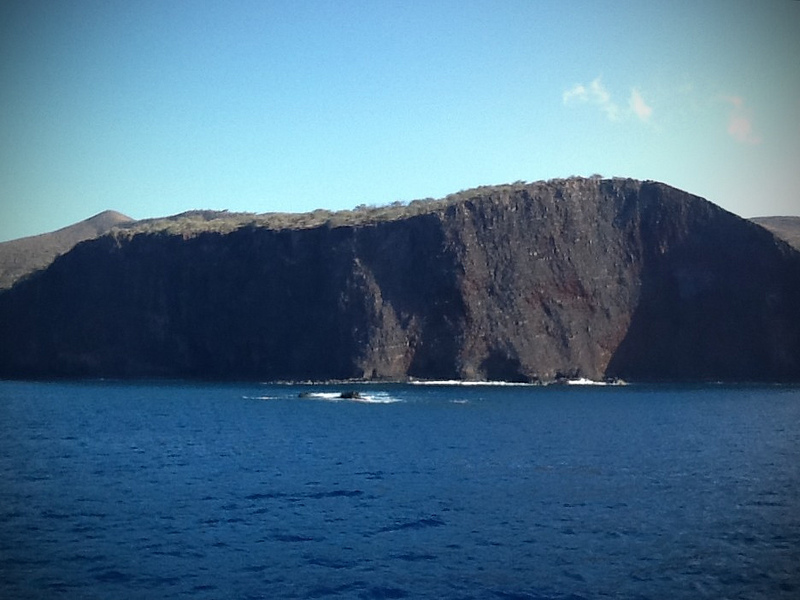 Our excursion began in Lahaina, Maui, where we caught a ferry and traveled across the ‘Au’au Channel to Lana’i. The voyage took about 45 minutes, and it was calm and beautiful that early morning in May. As we approached the island, we could spot imposing sharp cliffs that make up much of the coastline of this volcanic island.
Our excursion began in Lahaina, Maui, where we caught a ferry and traveled across the ‘Au’au Channel to Lana’i. The voyage took about 45 minutes, and it was calm and beautiful that early morning in May. As we approached the island, we could spot imposing sharp cliffs that make up much of the coastline of this volcanic island.
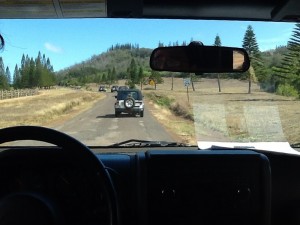 As we approached the harbor, there were a few yachts, fishing boats and a smattering of tourists. After departing Manele Bay, our party rented five jeeps and began our journey to the Munro Trail headed for the top of the mountain.
As we approached the harbor, there were a few yachts, fishing boats and a smattering of tourists. After departing Manele Bay, our party rented five jeeps and began our journey to the Munro Trail headed for the top of the mountain.
Before we arrived at the trail, we crossed the Palawai Basin, which at one time was a pineapple plantation. This island also produced sugar cane for some time. This side of Lana’i is now arid and monotonous, except for long rows of Norfolk Island Pines. These beauties exist because of a ranch manager, George Munro. He discovered that these trees soak water out of fog and clouds, and produce much needed water for the crops. They were then planted across the island. Many of the pines have existed nearly 100 years.
Our mission was to reach the top of trail where you could see the expanse of the Palawai Basin. The dirt road wound through thick brush. The further up we got, the greener and more inviting it became. Although I admit I was a bit nervous at times when I peered down to see unforgiving drop offs, and noticed the driver looking down too!
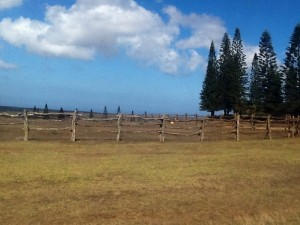 Much to my amazement, we passed three couples and one gentlemen hiking along the trail. I was informed by one of the guides that there are two five-star hotels on the island of Lana’i. This includes the Four Seasons Resort Lanai and the Lodge at Ko’ele.
Much to my amazement, we passed three couples and one gentlemen hiking along the trail. I was informed by one of the guides that there are two five-star hotels on the island of Lana’i. This includes the Four Seasons Resort Lanai and the Lodge at Ko’ele.
Many sports enthusiasts travel to the island just to take the hiking challenge. There are also world-class golf courses designed by Jack Nicklaus. Surprises all around!
A little further up on the Munro Trail, muddy places appeared on the trail, which made the jeeps slip and slide. We went from dusty thick brush to tropical rain forests with ferns, eucalyptus and magnificent vistas. The first jeep had difficulty getting through the potholes and mud. After several tries, it was determined that we should leave our jeeps on the trail and walk the rest of the way up
One guide said it was five minutes up the hill, but about twenty minutes later, we finally reached our destination. Then we discovered the hike was well worth the effort.
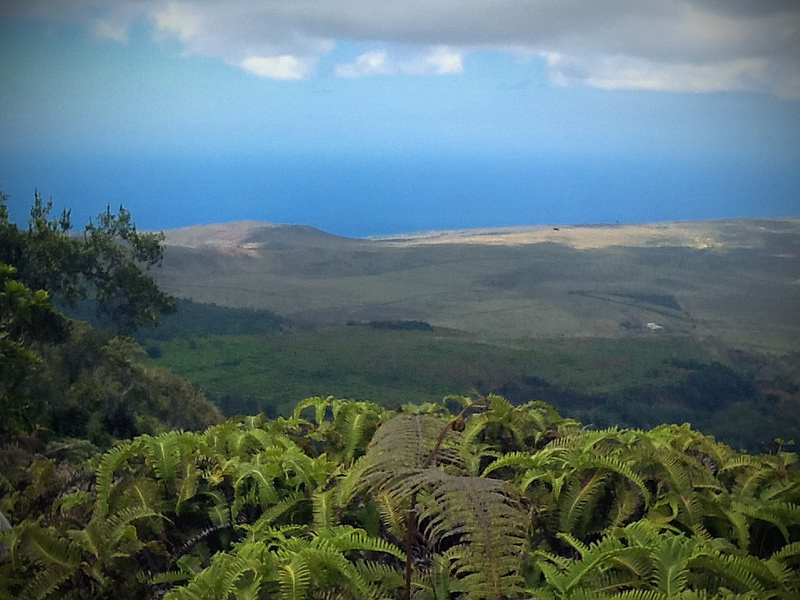 You could see three islands from the top of the mountain, including Maui, Moloka’i, and The Big Island (Hawaii). It was incredible.
You could see three islands from the top of the mountain, including Maui, Moloka’i, and The Big Island (Hawaii). It was incredible.
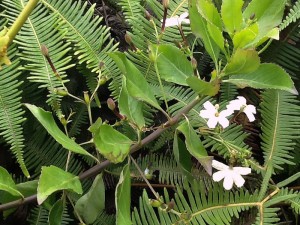 After a refreshing breather and a moment of meditation, while enjoying the gorgeous panorama, we sauntered down the hill to our jeeps.
After a refreshing breather and a moment of meditation, while enjoying the gorgeous panorama, we sauntered down the hill to our jeeps.
I saw many plants that were unfamiliar to me.
There is also a legend that goes with the Naupaka flower. To be continued…..
Ruth Elayne Kongaika was raised in the mainland, USA, but has been living in the South Pacific for the past forty years. She enjoys trying to capture the beauty of the Polynesian islands through her photography, painting and writing. She has a blog which shares some of her art and favorite subjects at:
email: kongaikr@byuh.edu












